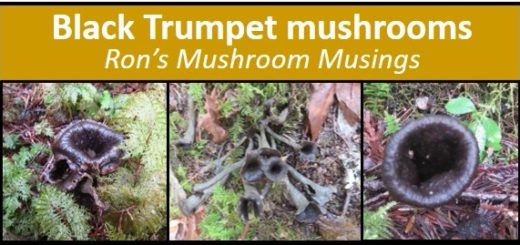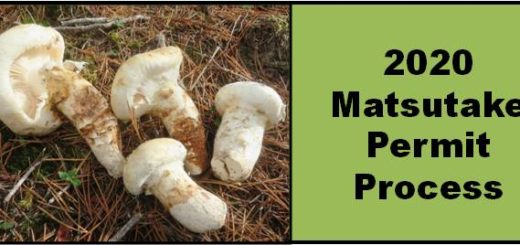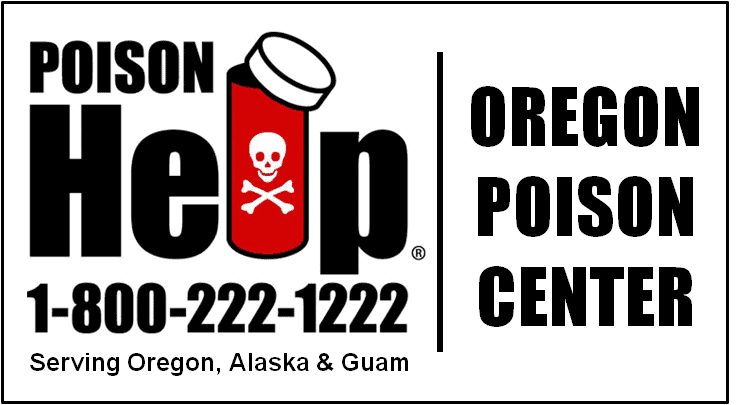The False “Beefsteak” Morel (Gyromitra esculenta)
Article by Bruce Pandoff
Included here with permission by equip2endure.com
It is mushroom season in many parts of the US and morels are some of the most prized popping up at this time. They are considered easy to identify but there are some potentially deadly lookalikes growing in the forest and making their entrance at the same time. The false morel, commonly known as Beefsteak Morel, or Gyromitra esculenta is one of these such poisonous mushrooms and is a common mushroom for beginning mycophagists (mushroom hunters) to poison themselves with.
Before consuming any mushroom I highly recommend seeking the in person tutelage of an expert in the field of mycology or otherwise foraging expert. Look for groups and clubs that often are lead by these experts. Check bulletin boards at libraries, civic centers, college universities, and local co-op stores for such postings by these groups seeking members. If all else fails, search the internet for a local group. I am adamant about the seeking of experts and will rarely teach about edible mushrooms except for a very small selection for the simple fact that there are expert mycologist that poison themselves each year where as I gladly teach others about plants as this phenomenon with mycologists rarely happens with botanists. As you progress always keep in mind, there are old mycophagist and there are brave mycophagist, but there are no old brave mycophagist. Often how we find out if a mushroom is poisonous is due to those brave souls finding out for us and the mycological community learning from the toxicology report. Venture forth carefully.
Here is the poisonous lookalike of the prized morel, Gyromitra esculenta. It often grows under conifers such as balsam, pine and spruce. Fruiting bodies (mushrooms) may be found in spring but summer and fall are the predominate fruiting periods.
The mushroom from a distance or to the beginner may look like a morel, but upon closer inspection key identifying features will be revealed. The surface is not truly pitted, it is wrinkled, folded, and convoluted where as true morels will be pitted like a sponge.
The stem may be white, cream, or have a slight yellow tint. When cut open the stem is solid though may have air pockets. A true morel will be hollow all the way through.
It had previously been thought that these mushrooms could be parboiled, the water discarded, to be made edible but recent evidence indicates that this is in no way a reliable method of removing all the poisons. This species and other false morels cause poisoning through a compound known as Monomethylhydrazine which is found in jet fuel. When poisoned, the victim’s symptoms will be delayed anywhere from six to twelve hours. Eventually, fatigue, headache, abdominal pain, and occasionally watery diarrhea may occur. In more extreme cases, liver damage, delirium, and occasionally death will occur. There are no antidotes as of yet. There are plenty of other edibles to learn out that do not requiring doctoring to be made edible making Gyromitra not worthwhile.
Note: Before consuming any wild vegetation or plants please consult an expert. This is for informational purposes only!





